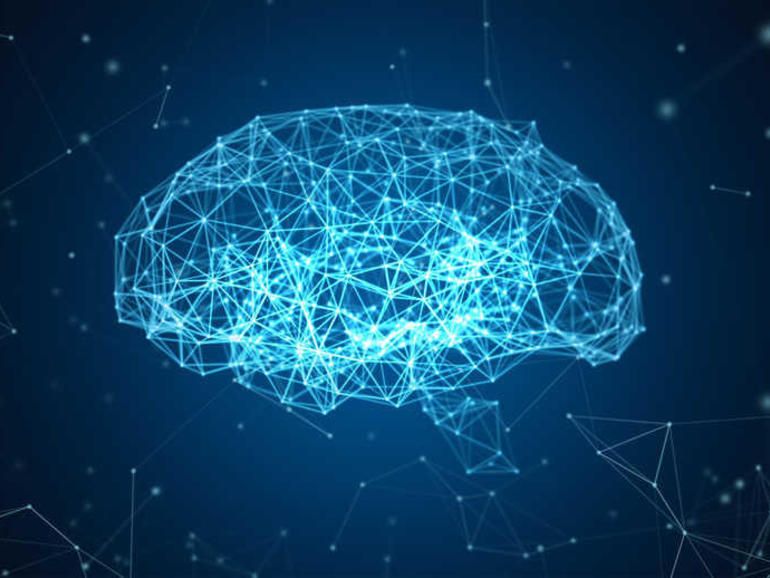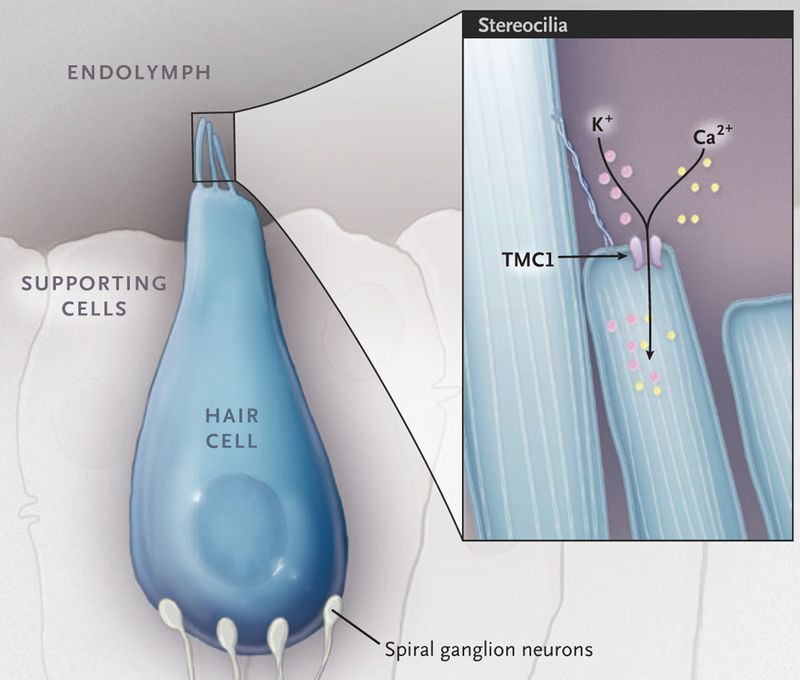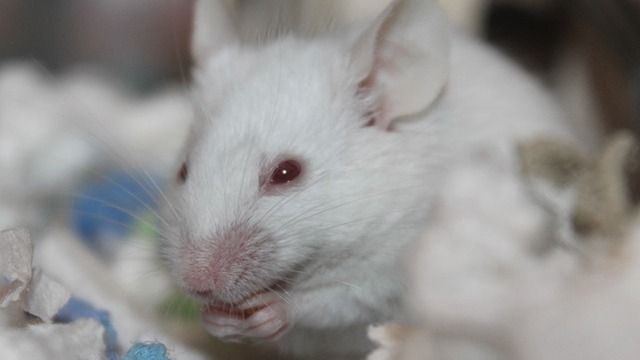In hopes of helping clinicians pinpoint different stages of the disease as it advances.



Harvard geneticist Dr. George Church is “turning on” youth-promoting genes. In this exclusive interview Dr. Church explains how he expects to achieve human age reversal in the foreseeable future.
Scientifically reviewed by: Dr. Amanda Martin, DC, on August 2020. Written By Dr. Shelly Xuelai Fan.

It would be fun to die in Mars.
Imagine living in Texas a few decades from now and suddenly being possessed with the desire to visit the moon. Traditionally, the only way such a dream could become reality would be for you to go through the arduous process of becoming a NASA astronaut and then hoping that Congress would fund a back-to-the-moon program.
If SpaceX’s Elon Musk has his way, a new road will be devised to go to the moon — and Mars and beyond. The scrappy, entrepreneurial space launch company is planning to build an offshore spaceport to launch its Starship spacecraft. The rocket ship would not only fly to far distant destinations in space, but to similar offshore spaceports around the world. Travel to Europe and Asia would be cut from many hours to tens of minutes.
If he has his way, you will be able to travel down to the now-thriving port community of Boca Chica, possibly on a Hyperloop, the mass transit-system inspired by Elon Musk, and book passage on a SpaceX Starship for a vacation on the moon. You might look forward to hiking across the lunar landscape in a spacesuit, like Neil Armstrong so long ago and visiting the Tranquility Base monument and see where he and Buzz Aldrin first trod the moon’s surface.

In the end, we look back at our careers and reflect on what we’ve achieved. It may have been the hundreds of human interactions we’ve had; the thousands of emails read and replied to; the millions of minutes of physical labor—all to keep the global economy ticking along.
According to Gallup’s World Poll, only 15 percent of people worldwide are actually engaged with their jobs. The current state of “work” is not working for most people. In fact, it seems we as a species are trapped by a global work crisis, which condemns people to cast away their time just to get by in their day-to-day lives.
Technologies like artificial intelligence and automation may help relieve the work burdens of millions of people—but to benefit from their impact, we need to start changing our social structures and the way we think about work now.

Last year information was released concerning rejuvenation of the thymus which resulted in a reversal of the epigenetic clock an average of 2.5 years in a small trial of 9 people costing $10,000 per person. You can get this done too. A company has formed called Intervene Immune which will take on volunteers for the process. It is not funded so you would have to pay out pf pocket though eventually the cost may come down and they can provide financing. You do not have to travel to California to get this done. Cost prohibits me, and I may or may not be eligible as I have IBS though that is not on the exclusion list. I emailed them concerning all this which is how I got the information.
https://www.surveymonkey.com/r/TRIIMX
The TRIIM-X trial is an expanded pilot clinical study that will evaluate a personalized combination treatment regimen for thymus regeneration. The thymus is a part of the immune system that declines markedly with age, and regenerating it may prevent or reverse key aspects of immunosenescence (immune system aging) and potentially prevent or reverse key parts of the aging process more generally. The study will evaluate biomarkers for epigenetic aging and immunosenescence, as well as evaluate established clinical measures and risk factors for prevention of physical frailty, cancer, cardiovascular disease, diabetes, dementia, and also infectious diseases, including flu and COVID-19.
The study uses multiple agents in combination with personalized doses of recombinant human growth hormone (somatropin), metformin, and DHEA, in a similar manner to how the combination treatment was applied in the earlier TRIIM trial at Stanford, which demonstrated strong statistical significance for the primary efficacy endpoints that will be evaluated in TRIIM-X. Somatropin is approved by the FDA for adult growth hormone deficiency and its use in the study is guided by prior safety data established for that use and also based on safety data available on its prior use in the TRIIM trial and in clinical practice in healthy elderly individuals. There will also be control groups that enable testing of biomarker variability and the contribution of individual medications within the combination treatment.
The objective of the study is to obtain information needed for designing an effective personalized and adaptive treatment regimen for a larger and more diverse study population, and to obtain additional proof of principle for the new use of the medications and biomarkers for preventive medicine. The duration of treatment in the TRIIM-X trial will be 12 months.

BYD, one of the world’s largest electric bus manufacturer, boasted recently that its zero-emission buses already covered more than 13 million miles (21 million km) in the U.S.
The buses sold in North America are made in Lancaster, California, where local transit agency — the Antelope Valley Transit Authority (AVTA) — just crossed the 3-million-mile mark of zero-emission operations using BYD buses.
Overall, the company sold buses to more than 50 customers across the country. According to BYD, the total mileage translated into:

NASA’s Perseverance Mars rover launched from Cape Canaveral, Florida, on 30 July, carrying a host of cutting-edge technology including high-definition video equipment and the first interplanetary helicopter.
Many of the tools are designed as experimental steps toward human exploration of the red planet. Crucially, Perseverance is equipped with a device called the Mars Oxygen In-Situ Resource Utilization Experiment, or MOXIE: an attempt to produce oxygen on a planet where it makes up less than 0.2 percent of the atmosphere.
Oxygen is a cumbersome payload on space missions. It takes up a lot of room, and it’s very unlikely that astronauts could bring enough of it to Mars for humans to breathe there, let alone to fuel spaceships for the long journey home.

Hereditary hearing loss is one of the most common disabilities among newborns, affecting approximately 1 in 1000 live-born babies. Most forms of hereditary hearing loss are nonsyndromic; 80% of affected newborns have hearing loss that is inherited in an autosomal recessive pattern, and in the remaining 20%, inheritance shows a dominant pattern.1
Many forms of hereditary hearing loss are caused by mutations in genes that affect the formation and function of cochlear hair cells — highly specialized sensory cells that play an important role in the detection and processing of sound.1 The hair cell has bundles of hair-like projections, called stereocilia, on its apical surface ( Fig. 1 ). The deflection of these bundles by sound results in the opening of mechanotransduction ion channels, which are located at the tips of the stereocilia, and consequently, in the depolarization of the hair-cell membrane. Mutations that affect the protein transmembrane channel-like 1 (TMC1), an integral component of the mechanotransduction complex, cause autosomal dominant and autosomal recessive forms of hearing loss.2 Correction of the dominant form of hearing loss in a mouse model of Tmc1 (termed “Beethoven”) was recently reported by Gao and colleagues.3

NASA researchers have observed “superbolts” of lightning in Jupiter’s atmosphere, which form in clouds made of water and ammonia.